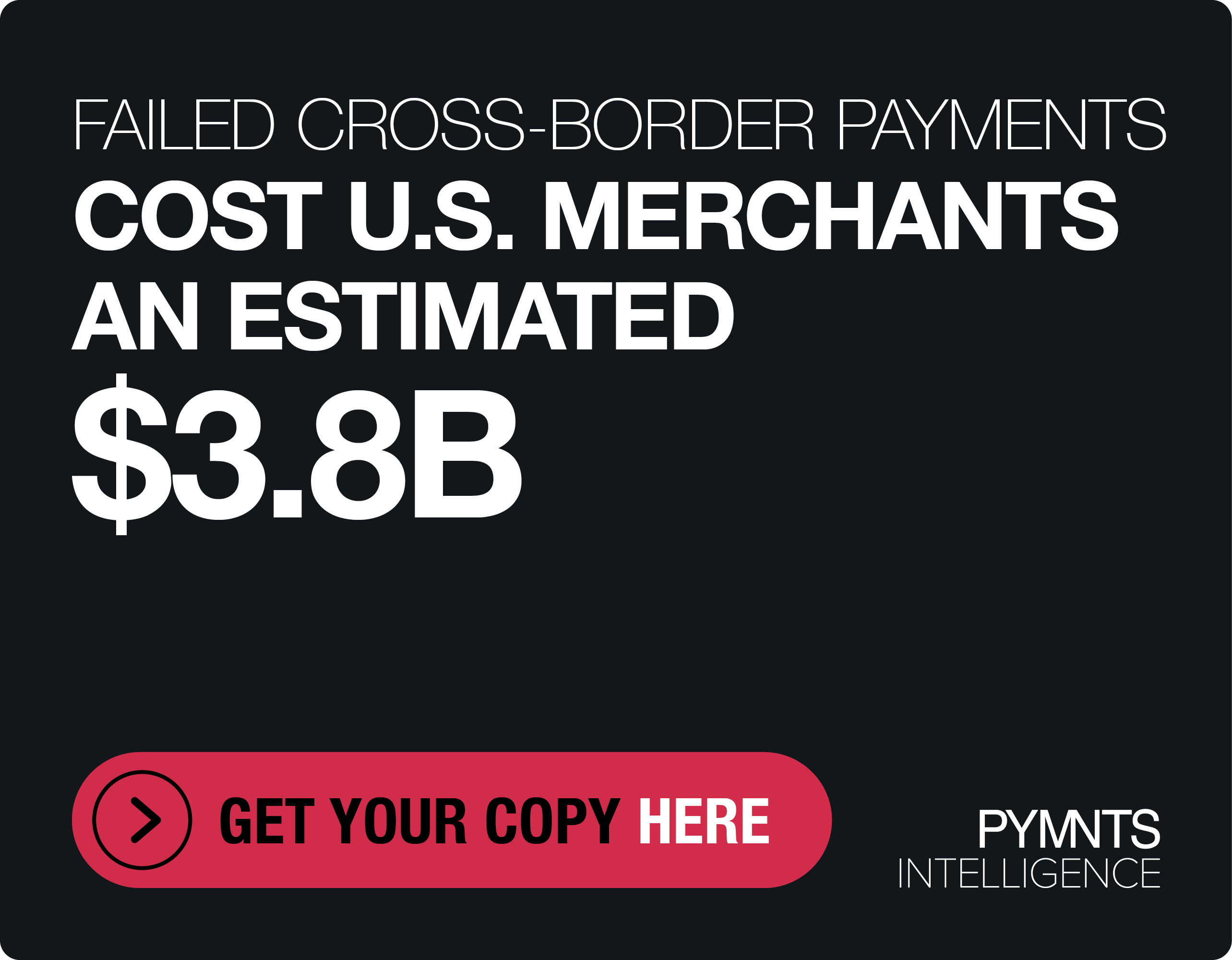Europe B2C eCommerce Report 2013
The business to consumer eCommerce market in Europe is making impressive progress, and by 2012 it grew by 19 percent and reached €311.6 billion. This fast growing industry has directly created over two million jobs in Europe and its success also helps other sectors of business, such as postal and private operators, to increase their profits as well. To ensure online retailers in Europe are nurturing the growing eCommerce market and identifying new markets for future growth, eCommerce Europe released a 2013 trends report. PYMNTS.com highlights the report’s most significant data points, insights and market trends to help retailers to expand online business and improve strategies.
European B2C eCommerce At A Glance
At present there are 820 million people who live in Europe. From this population, there are 529 million people who use the Internet, and €250 million claim to be online shoppers. In total, there are over two million jobs that have been directly created through the eCommerce market, which stems from the estimated 550,000 online businesses.
In 2012, Europe’s total GDP reached had about a €16 trillion turnover, and 3.5 percent of this was attributed to the region’s Internet economy. The UK, Germany and France account lead eCommerce sales as the report indicates the three countries account for 61 percent of all of Europe’s eCommerce sales. The top five countries in turnover include the UK, Germany, France, Spain and Russia. The top five emerging countries in percentage growth are namely Turkey (75 percent), Greece (61 percent), Ukraine (41 percent), Hungary (35 percent) and Romania (33 percent).
Internet Activity Across Europe
Internet access is inconsistent across different European countries. The report indicates that more than 90 percent of households in Denmark, the Netherlands, Luxembourg and Sweden have Internet access. In other countries such as Bulgaria, Romania and Greece, less than 55 percent of households were reported to have Internet accesses. However, Bulgaria and Romania have been improving, as the report shows these countries doubled Internet users between 2010 and 2012. The Czech Republic, Romania and Slovakia reported the highest growth, with 30 percent, during 2008 and 2012.
The Internet penetration rates in Europe are quite high in proportion to its population size. The region has €529 million Internet users, which represents 64.4 percent of the European population.
Mobile Internet Activity Across Europe
Smartphone and tablet penetration rates are continuing to grow as the technology becomes more widespread across Europe. The mobile growth has inevitably impacted mobile Internet usage across the region.
The report reveals that one-third of consumers in the EU use mobile devices to get on the Internet when they are not at home or at work. Young people aged 16-24 who used handheld technology to access the Internet was 47 percent, in 2012, which was 7 percent higher compared to those using laptop computers (40 percent.)
Ecommerce Europe reported that the mCommerce market in Europe grew to €17 billion (5.5 percent) in 2012 and is estimated to reach even higher rates by the end of 2013. The report speculated the average amount spend per capita in the EU, which amounted to 380. The average spent for each European Internet user was 589 and for each eShopper it was €1,243. For comparison, the global average amount for online consumers is around 850. The top five countries with the highest average spent per capita in 2012 were the UK (€2,466), Norway (€2,225), Austria (€2,140), Denmark (€1,914) and Switzerland (€1,750).
To read the full report at eCommerce Europe click here.
